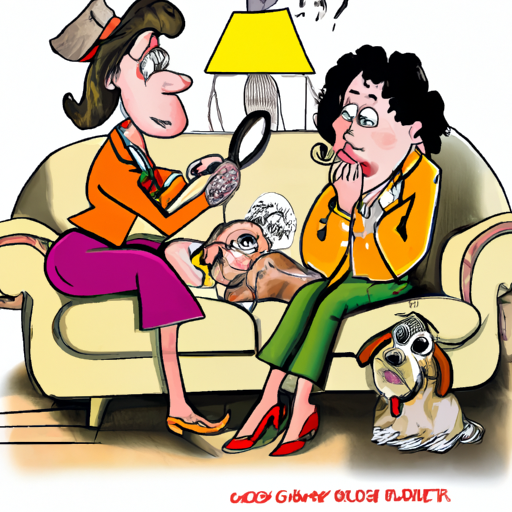As a caregiver to your four-legged friend, you might have noticed bleeding from the base of your dog’s nails. This is a common issue that can cause a great amount of distress to both you and your pet. But don’t panic; understanding the reasons behind it is the first step to addressing this problem.
Table of Contents
1. Common Causes of Bleeding
2. Prevention and Treatment
3. When to Seek Veterinary Help
4. FAQs
Key Takeaways
- Bleeding at the base of your dog’s nails can be caused by various factors such as nail injuries, overgrown nails, or a condition known as Symmetrical Lupoid Onychodystrophy (SLO).
- Regular grooming and nail trimming can help prevent this issue.
- If bleeding persists or if your pet exhibits signs of pain or discomfort, it’s best to seek professional veterinary help right away.
1. Common Causes of Bleeding
Nail Injuries
The most common cause of bleeding at the base of a dog’s nails is nail injury. This could occur from normal activities like running or playing, especially on rough surfaces. The quick, which is the sensitive part of the nail containing blood vessels and nerves, can easily be damaged, resulting in bleeding.
Overgrown Nails
Overgrown nails can also lead to bleeding. If the nails are not trimmed regularly, they can become too long and get caught in carpets, clothes, or other materials, causing them to break or crack. A similar situation can occur when the nails are trimmed too short, cutting into the quick—a condition often referred to as “quicking” your dog.
Symmetrical Lupoid Onychodystrophy (SLO)
In some cases, bleeding may be due to a medical condition known as Symmetrical Lupoid Onychodystrophy (SLO). SLO is an immune-mediated disease that affects the claws of dogs, causing them to become weak and brittle. This can lead to painful nail bed infections and bleeding. More information on SLO can be found here.
2. Prevention and Treatment
Regular Grooming and Nail Trimming
Regular grooming and nail trimming are key to preventing nail injuries and overgrown nails. When trimming, be careful not to cut into the quick. A good rule of thumb is to trim just a little bit at a time, especially if your dog has dark nails where the quick is not visible. There are also special tools available that can help make the process easier and safer.
Treating Nail Injuries
For minor nail injuries, you can often treat them at home. First, try to stop the bleeding by applying gentle pressure with a clean cloth. Then clean the area with warm water and mild soap, apply an antiseptic, and bandage if necessary.
Addressing SLO
If your dog is diagnosed with SLO, treatment usually involves a combination of dietary changes, supplements, and medication to suppress the immune response. It’s a long-term management plan and requires regular vet visits.
3. When to Seek Veterinary Help
It’s important to consult a vet if the bleeding persists, if there’s severe pain, or if you suspect your dog may have SLO. A vet can properly diagnose the issue and provide appropriate treatment. For more on what signs to look out for, check out this article on One Top Dog.
4. FAQs
Q: Why is the base of my dog’s nail swollen and bleeding?
A: This could be due to an infection, an injury, or an underlying health condition like SLO.
Q: How can I stop my dog’s nail from bleeding?
A: You can apply gentle pressure with a clean cloth. If the bleeding doesn’t stop within a few minutes, contact your vet.
Q: How often should I trim my dog’s nails?
A: As a general rule, a dog’s nails should be trimmed every 3-4 weeks. But this can vary depending on the breed, age, and lifestyle of your dog. For more information on this, visit One Top Dog.
In conclusion, bleeding at the base of your dog’s nails can be a cause for concern, but knowing the potential causes and treatments can help you manage the situation effectively. Regular grooming, careful nail trimming, and vigilance over your pet’s health will go a long way in ensuring their well-being.



